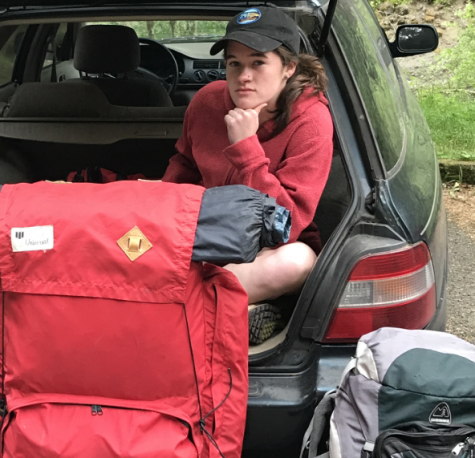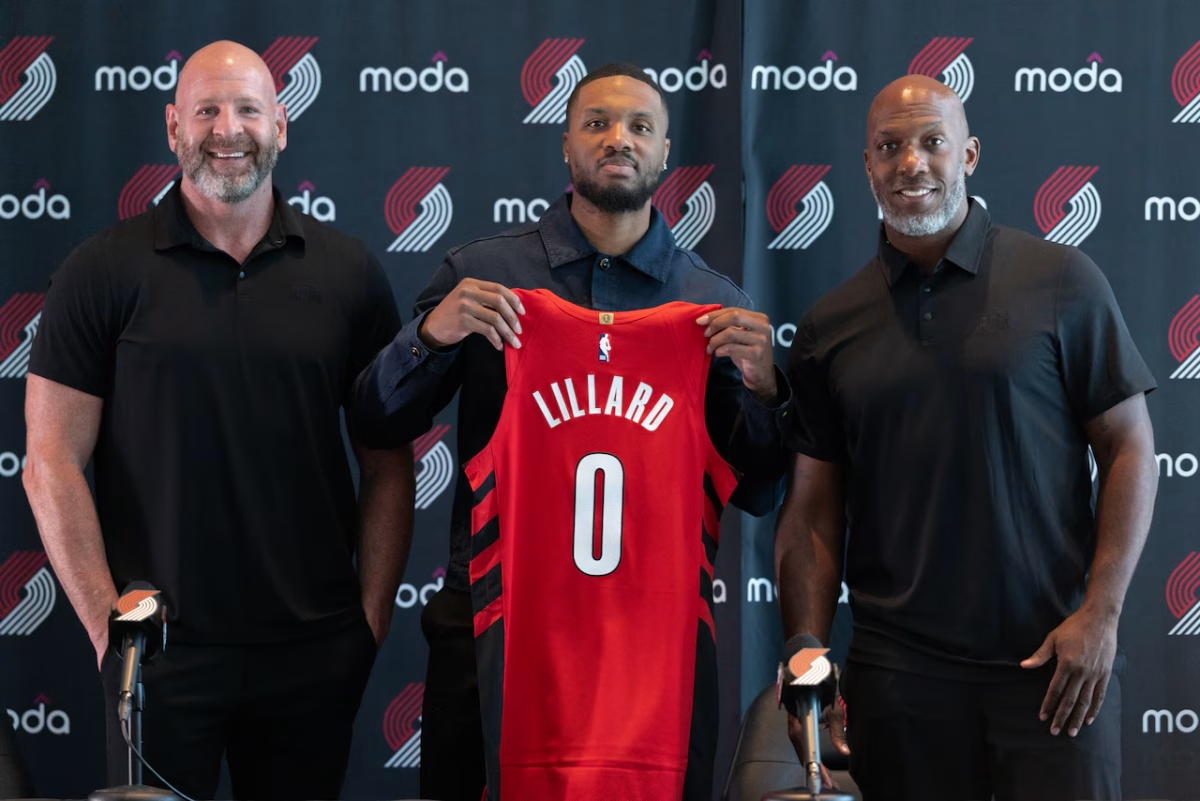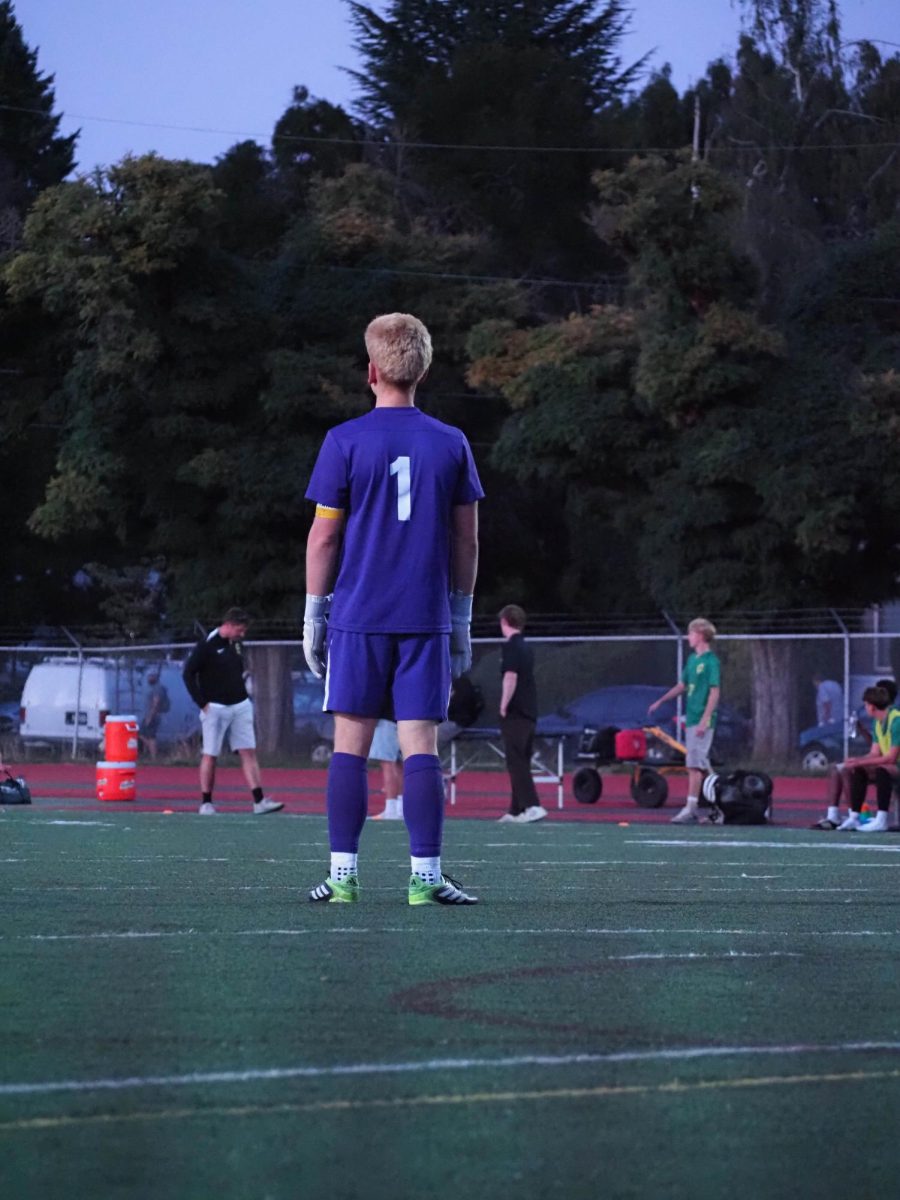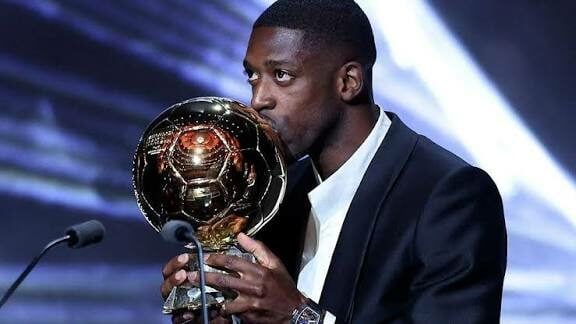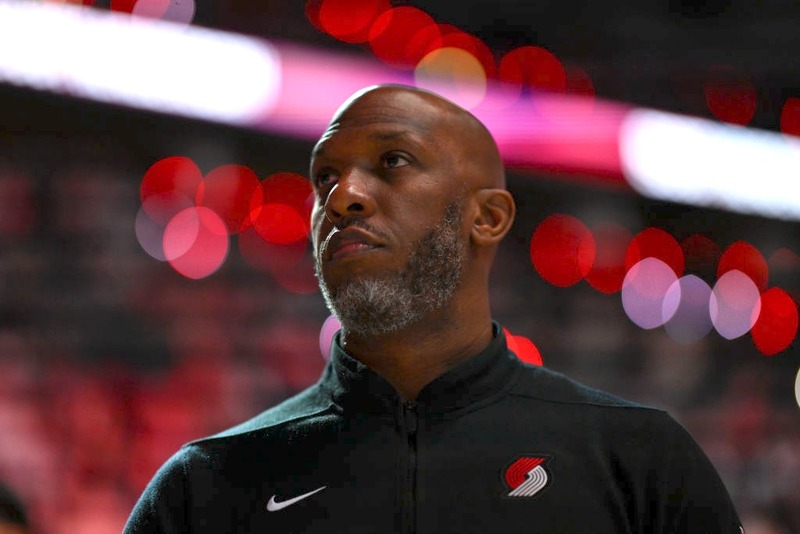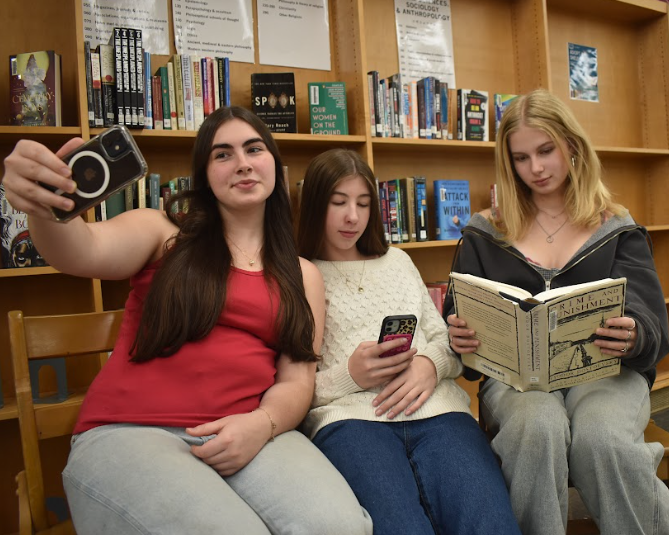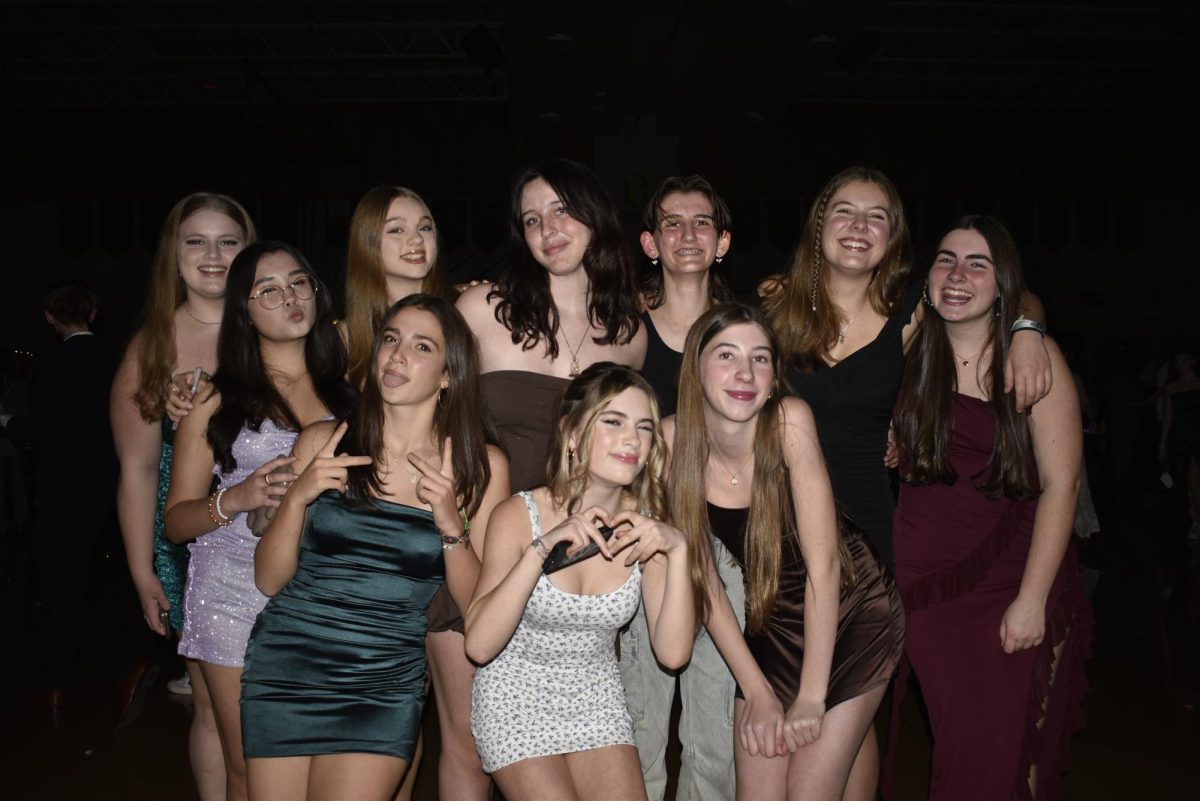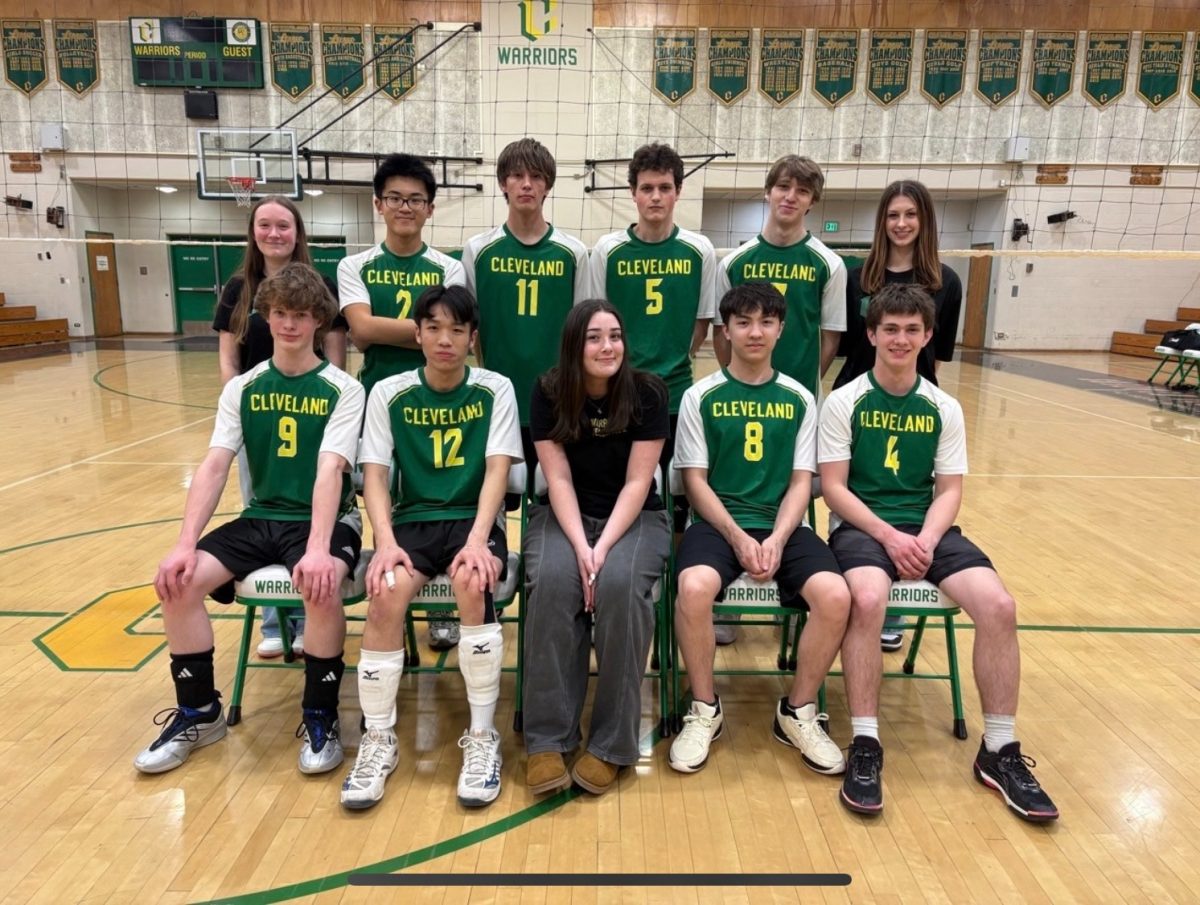Cleveland’s First Black History Month Assembly
May 16, 2019
Cleveland had its first Black History Month assembly on Feb. 14, and thanks to the efforts of the Black Student Union (BSU), it was a great success.
“I think the assembly went really good. I think that there was a lot of pressure for it to be good because it is Cleveland’s first Black History Month assembly, and so it was really important for us to make sure it was a good representation of our community,” said Paris Davis, BSU president.
Using a theme of “legacy of service,” the BSU put together an uplifting program that was both motivational and educational.
“MLK, Malcolm X and all of them, they gave as a service back to their community and back to their people,” said Charles Hunter, a BSU advisor, student success specialist, and restorative justice program director. “It was those things that help the community grow stronger and make it through the things they are going through, so the theme was legacy of service and community building.”
The assembly was fast-paced and covered many different aspects of black history. It started with Kenya Anderson performing “Lift Ev’ry Voice and Sing,” which is known as the Black National Anthem. Anderson “had the class and quality that was real down to earth,” said Hunter, making her a great person to perform the anthem. Next, Kennith Brandon, AB Osman and Michael-Ann Scardino-Moore introduced the father of black history: Carter G. Woodson and inventor Lewis Howard Latimer.
Jalen Harris taught the history of the Pan African Flag, and students were able to learn what each of the colors represent. Davis, Tessa Robinson and AB Osman did a step performance. Step is a type of dance that is big in the African American community and is performed at many colleges. Several BSU students recognized black women and their contributions, and Student Body President Peter Predisik read a poem about his experience as a mixed race student.
Predisik said, “For me that poem meant a lot because I’m mixed and it’s really hard for me to identify with both groups, because we have a predominantly white school and the minority is black. And for a long time I didn’t feel part of that, of one group because I was either not acting like I said in my poem ‘not black enough’ or I was acting ‘too white’ sometimes. But in the past couple years, I’ve realized people like me for me.”
After Predisik’s performance, Hunter gave an inspiring speech in which he spoke about the importance of service to our community by advocating to stand up against racism. After receiving a standing ovation, Hunter introduced the honored guest Reverend E.D Mondiné, president of Portland’s chapter of the NAACP. Mondine’s speech concluded with a rousing rendition of “Ain’t Gonna Let Nobody Turn Me ‘Round,” a song with ties to the Civil Rights Movement.
BSU students were proud of the work that went into this assembly and thought it went well.
“Overall I think we accomplished our goal, which was just to put our everything into the assembly, to give people a great experience of Black History Month at Cleveland because we know that it is not something that is really celebrated enough at Cleveland. So, putting on an assembly that people enjoyed is one of the greatest things that we have done in BSU,” said Osman, senior class president and a member of BSU.
Davis emphasized the goal of educating beyond what is traditionally learned in history classes.
“We had to make sure we were educating but we weren’t pointing fingers or anything like that because we wanted it to be a fun, happy representation and not so much as what you learn in your normal history class,” she said.
Hunter, teacher Lynne Allers, and BSU advisors also asked Cleveland teachers to recognize and do something for Black History Month in their classes.
Timothy Graham drew attention to Black History Month in both his History of the Americas (HOTA) and 20th Century World History classes. HOTA students created an art display surrounding the Haitian Revolution, which represents resilience and resistance to the institution of slavery and is a story often forgotten in history. In 20th Century, Graham is discussing current events happening in the country with race and racism.
“It is important that white people think about race because white people just don’t have to think about race on a daily basis like people of color do and I think that part of facing racism is coming to terms with and facing the history of racism in this country, but also changing that narrative of enslaved people as victims,” said Graham.
Digital media teacher Vanessa Hughes integrated black history into all of her classes. In the beginner level class they studied film and looked at representation in the film industry.
“Whose voices do we hear and what stories are being told? So we look at representation from an equity perspective around race, ethnicity, gender, sexuality, sexual orientation, able bodiedness versus how many disabled, or other characters do we see? So we are really examining the industry from an academic, critical thinking perspective while at the same time we are making movies,” said Hughes.
Hughes gave her Level One class a list of 50-60 names of influential African-Americans in the film industry dating back 100 years and had them choose a person and make a poster about them to post in the hallway. The intermediate and advanced classes looked at contributions of African-American contemporary photographers.
In anthropology, Allers is drawing attention to the representation of anthropologists and recognizing the diversity. She also taught about #BlackLivesMatter, and her students analyzed the importance of #BlackLivesMatter and other contemporary issues to anthropology.
“One thing we do need to remember is that the celebration of the achievements of black scholars, the contributions of black people in the United States, and around the world is really important to white people and we do need to learn about that if we don’t know it, speaking as a white person. So there’s a lot of emphasis on self-education and looking at the teaching staff. It’s also very reflective of the student body and not a lot of teachers of color. But we do need to recognize that there’s some learning to be done around that,” said Allers.
Graphic design teacher Ezra Ereckson’s students designed posters displaying historical figures and anti-racist messages. These posters were placed in the main hall, greeting students as they entered the school.
Although Cleveland is making progressive steps there are still areas for improvement surrounding self-education and making sure all classes are recognizing Black History Month, and not only in February but 365 days a year.
“Once black history month comes its either here’s MLK, here’s Malcolm X, that’s it, and I mean the last couple years its been ‘here’s Harriet Tubman,’” said Predisik, who emphasized that the lesser known historical figures are just as worthy to study “because it matters, it’s history.”
After such a powerful Black History Month Assembly it is important that Cleveland continues to educate students in order to give a more accurate representation of the world and inform people that need it. “Even hatred is a learned behavior,” said Hunter, “even prejudice is a learned behavior. It can be unlearned, and the way to you unlearn it or help them unlearn it is by educating them.”



